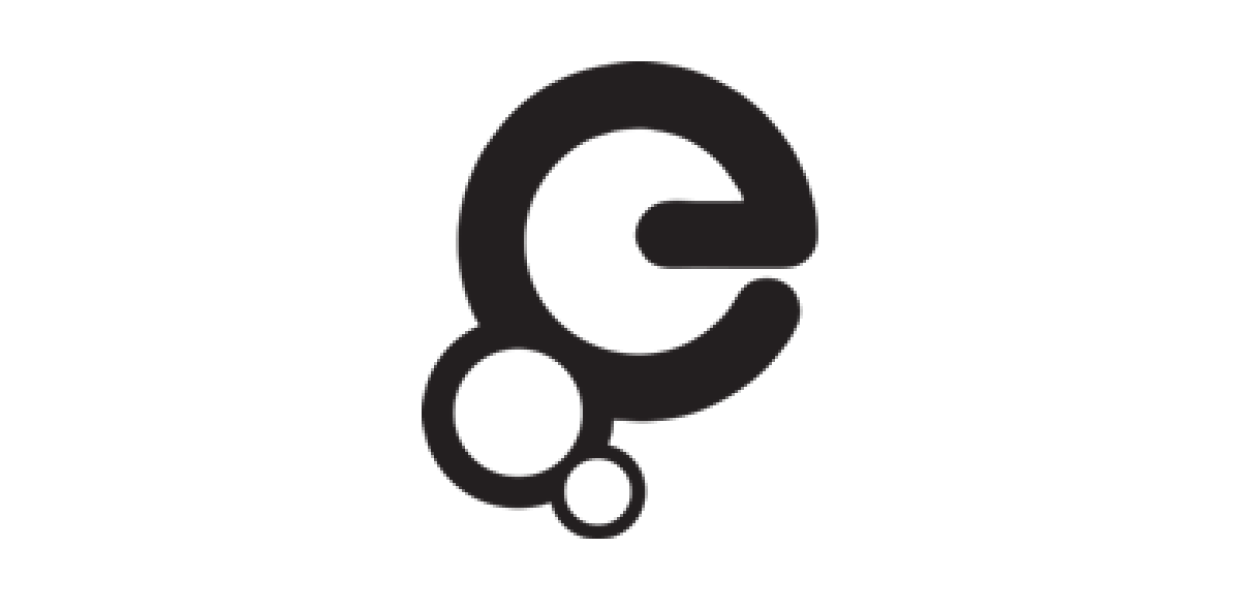Winner Europeana's digitisation competition

Namuth's photo is now being exhibited together with those of other finalists at Västerbotten's museum in the city of Umeå, the European Capital of Culture 2014. It will later will be uploaded to www.europeana.eu, and contribute to Europe's digitised cultural heritage.
Europeana is the Europe's digital platform for cultural heritage, which collects and provides access to digitised material from libraries, archives, audiovisual collections and museums.
At Europeana, anyone can discover, download, share, learn from and be inspired by Europe's cultural richness, free of charge: books, manuscripts, sculptures, museum objects, crafts, music and other recordings. Europeana has items from museums and cultural institutions, big and small, from all over Europe. The items can be explored from your mobile and tablets as well as your laptop.
Content on Europeana is not only from museums, libraries, galleries and other cultural institutions; it also includes contributions from the public. The summer campaign gave Swedes the chance to contribute to Europeana. In collaboration with the National Heritage Board and Wikimedia Sweden, Europeana toured the country and held a photo competition in the cities of Umeå, Kalmar, Lund, Gothenburg and Stockholm.
The mission was to track down an old image on www.europeana.eu and then take a new photo of the same. A renowned jury consisting of, among others, award-winning photographers Karl Melander and Joachim Lundgren, chose a winner and a runner-up in each city that qualified for the national competition. Kerstin Namuth and her son Holme Finnilä placed first with their photo of the 1400-century fortress Gamla Älvsborg in Gothenburg.
‘It feels great and completely unexpected. I fell for the old picture because it's not a touristy place. It is a hidden spot we really had to look up. When we got to the place, I was surprised that it still looks very much the same as the old picture. Even the little shed remains. How it has survived when everything around has been renovated, I do not know. The contest was a fun way to get to know the city', says Kerstin Namuth.
‘The photo competition is a great way to get people to find Europenana, to open their eyes, get involved in their local environment and at the same time become co-creators of the exhibition,' says Helena Magnusson, head of exhibitions, programmes and pedagogy at Västerbotten's Museum.
Jill Cousins, Europeana's Executive Director says: ‘New ways of seeing and interpreting our past, showing us that we are products of our cultures and creating an understanding of the cultures of others is a purpose of Europeana. Kerstin Namuth's photo from the historic area of Gamla Älvsborg in Gothenburg, juxtaposed with the original image that was taken in the exact same spot, shows the change but also the continuity of our cultural heritage'.
The jury's motivation:
´Kerstin Namuth's photo has a high documentary value and its composition is very similar to the older image. These two photos complement each other in an educational and exciting way. The new one shows how the old industrial environment has changed, while the old image explains the traces of previous constructions that we can see on the mountain today, and gives an impression of how the area looked in the past. ´
About the photo competition and exhibition #Thenandnow
Alongside the photo competition, an open photography workshop was held in each of the five cities. The final winner was selected based on the best connection to the original photo, in terms of composition, content and technical quality. The photos are now exhibited at Västerbotten's Museum in Umeå, the cultural capital of Europe 2014, until 8 February.
For more information, please contact:
Kerstin Namuth, the winner: +46 (0)31-106503, [email protected], Twitter: @kerstinnamuth
Lena Calderon, The National Heritage Board: +46 (0)708 83 80 27, [email protected]
Amit Youlzari, Europeana: +44 207 412 7114, [email protected]
Jan Ainali, Wikimedia: +46 (0)72 9672948, [email protected]
Photos:
First place
New photo. The fortress Gamla Älvsborg, Gothenburg. Photographer: Kerstin Namuth & H Finnilä, CC BY-SA 3.0.
Original photo. Gamla Älvsborg, Gothenburg 1963. Photographer: Harald Wideen, CC BY-NC-ND 3.0
Second place:
New photo. Frölunda torg, Göteborg. Fotograf: Albin Olsson, CC BY S-A 3.0
Original photo. Frölunda torg, Gothenburg 1977. Photographer: Pål-Nils Pålsson, CC BY 2.5
Third place:
New photo. Bruksvallarna. Photographer: Johnny Blästa, CC BY-SA 3.0
Original photo. Date unknown, probably in the mid of 1970-talet. Photographer: Pål-Nils Pålsson, CC BY 2.5
Shared fourth place:
New photo. The platform t S:t Eriksplan subway station, Stockholm. Photographer: Einar Spetz, CC BY-SA 3.0
Original photo. S:t Eriksplan, Stockholm, 1958-59. Photographer: Sten Didrik Bellander, CC BY-NC-ND 3.0
New photo. Kalmar city hotel. Photographer: Nakalema, CC BY-SA 3.0
Original photo. Kalmar city hotel, Kalmar, 1945. Photographer: Fredrik Bruno, Public Domain
New photo. Stadsporten and the street Kaggensgatan, Kalmar. Photographer: Nakalema, CC BY-SA 3.0
Original photo. Stadsporten and the street Kaggensgatan, Kalmar 1945. Photographer: Fredrik Bruno, Public Domain
New photo. The street Adelgatan 9, Malmö. Photographer: Jqv, CC BY-SA 3.0
Original photo. The street Adelgatan 9, Malmö, 1919-1920. Photographer: Otto Ohm, CC BY-NC-ND 3.0
